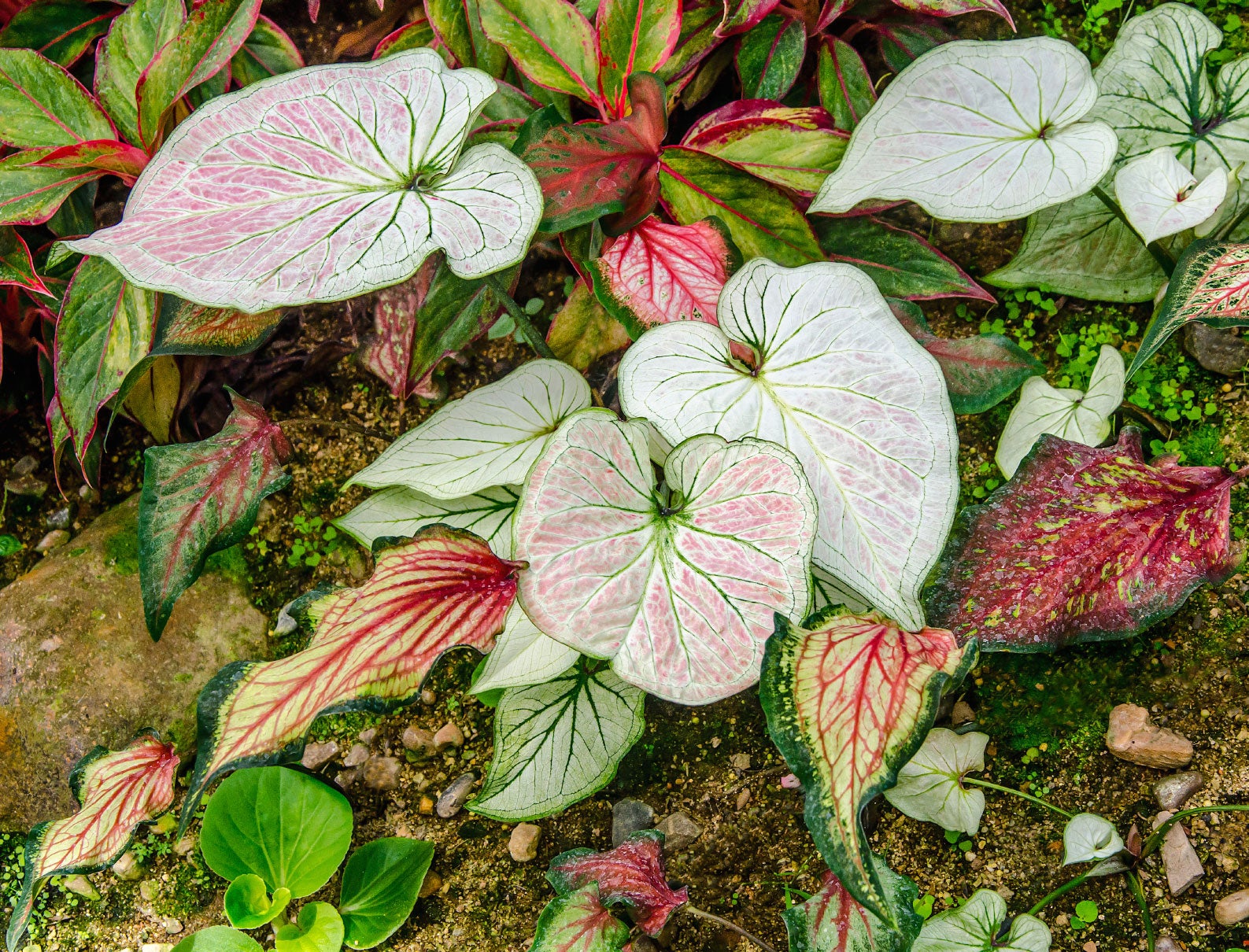Tender Perennial Plants: Care Of Tender Perennials In Gardens


Native to warm climates, tender perennials add lush texture and a tropical atmosphere to the garden, but unless you live in warm climate zones, winter can spell disaster for these frost-sensitive plants. Keep reading to find out more about tender perennials.
What Are Tender Perennials?
Tender perennial plants come from warm climates where they don't need the ability to withstand cold winter temperatures. When we plant them in cooler climates, they won't survive the winter without special care. Some tender perennials such as begonias, calla lilies, and caladiums add lush foliage or fantastic flowers to shady spots. Many of these shade-loving tender perennial plants come from tropical rainforests where they are protected and shaded year-round by the rainforest canopy. These plants need soil that is rich in organic matter and plenty of water. Other tender perennials come from warm, Mediterranean climates. This group includes tender herbs such as rosemary and cilantro, as well as fragrant shrubs like bay laurel. These plants generally prefer soil that drains freely and lots of sun.
Care of Tender Perennials
Plant tender perennials in the garden in spring when there is no longer a danger of frost. Keep the soil moist until they become established and then water and fertilize according to each plant's needs. Tropical plants usually need weekly or biweekly watering in the absence of rain. Mediterranean plants don't usually like much fertilizer, but other tender perennials like a light dose of fertilizer in spring and midsummer. Prune them as necessary to keep the plant looking neat and encourage new growth. In the fall, gardeners in temperate climates face a dilemma. The easy solution is to grow them as annuals, replanting them every spring. While this may be the best way to go for inexpensive plants and bulbs, you may want to save some of your more expensive plants and those with sentimental value. The limiting factor is finding a place to store your plant material. Root cellars are ideal, but since most people don't have one, you'll have to find a dry location where you can maintain a temperature between 50 and 55 F. (10-12 C.) all winter. A spare room where you can close off heating vents or a cool garage works well if you can keep the temperature from dropping too low. After the foliage on bulbs, tubers and corms dies back, dig them up, trim off remaining stalks and stems, and lay them out in a single layer to cure at room temperature for a few days. When they are dry, brush off the remaining soil and store them in open boxes filled with sand, peat moss, or vermiculite. Plants that don't grow from bulbous structures can overwinter indoors as potted plants, or you can take cuttings in late summer to start over winter. Cuttings don't take up nearly as much space as full-grown potted plants, and they usually grow better when transplanted outdoors in spring. If you want to use a tender perennial as a houseplant over winter, cut it back by about half before potting it up.
Gardening tips, videos, info and more delivered right to your inbox!
Sign up for the Gardening Know How newsletter today and receive a free copy of our e-book "How to Grow Delicious Tomatoes".

Jackie Carroll has written over 500 articles for Gardening Know How on a wide range of topics.